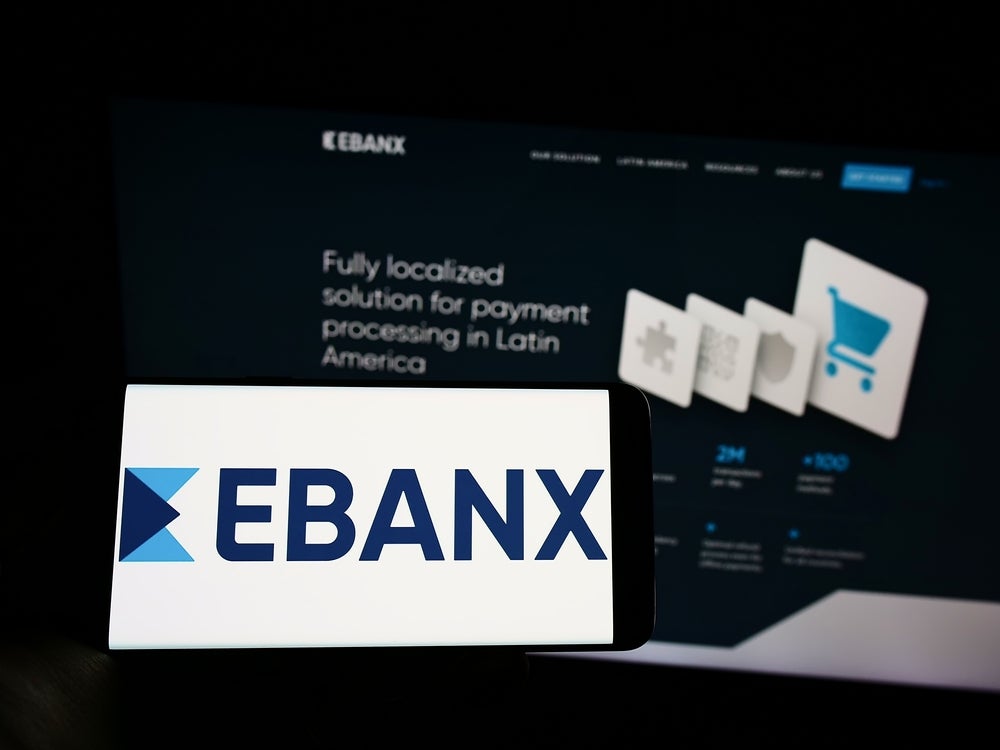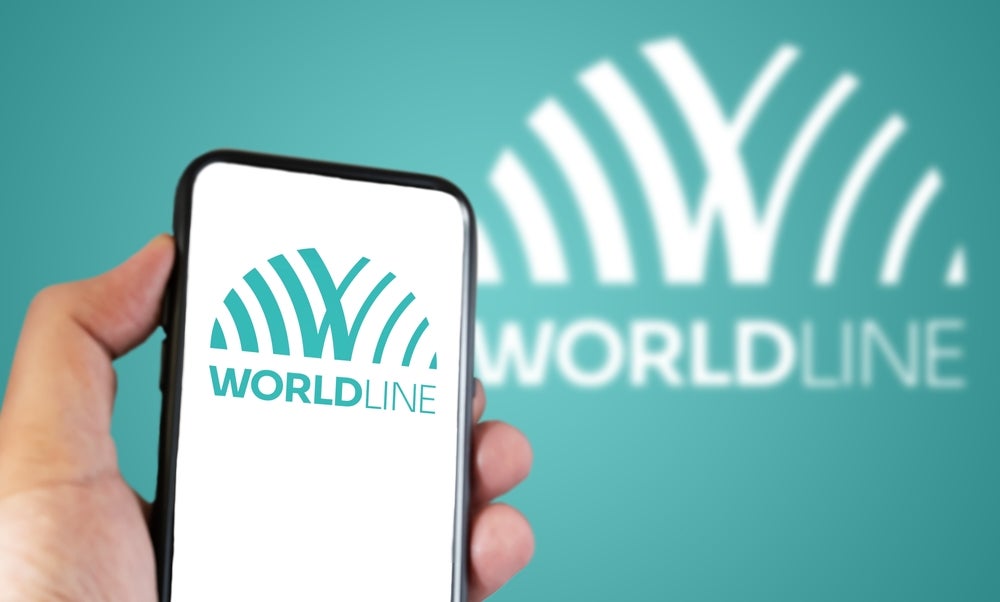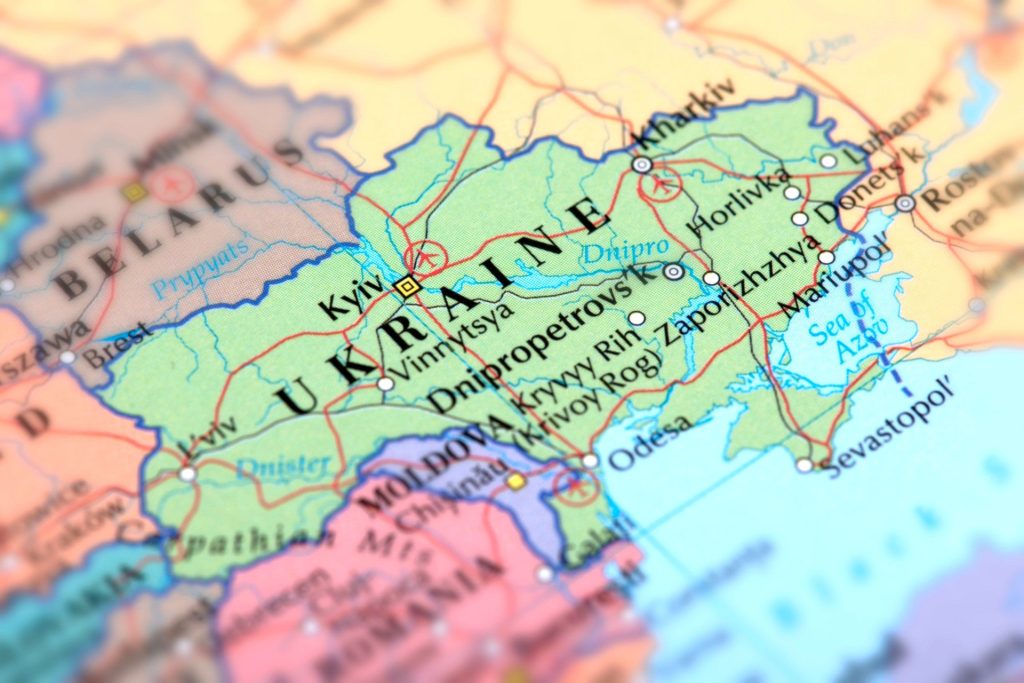In order to gain insight into factors influencing credit
card usage and acceptance in the Netherlands, the Nederlandsche
Bank, the country’s central bank, set up surveys of consumers and
retailers. Anneke Kosse, a policy adviser at the bank, looks at
whether credit cards will ever become widely accepted in the
country.
 Dutch banks started to
Dutch banks started to
issue credit cards in the Netherlands in the early 1980s; 10 years
before the introduction of the debit card. Yet the Dutch credit
cards market has always lagged behind the Dutch debit cards market
in terms of growth.
While debit cards rapidly became
the dominating payment instrument at points of sale, credit card
use has always remained low and largely confined to specific
sectors.
In 2009, around 69% of all
transactions and 38% of total sales at the Dutch counter were paid
by cash, with debit cards accounting for the majority of all
non-cash transactions. Only 3% of all non-cash transactions and 9%
of total non-cash sales were paid by credit card (see pie
chart, below).
The total number of credit card
payments made equalled 73m, representing a total value of €7.2bn.
About half the credit card transactions and sales originated from
foreign credit card holders. The Dutch accounted for 47% of all
transactions and 52% of total sales. Like all card networks, the
credit cards market is a two-sided market.
How well do you really know your competitors?
Access the most comprehensive Company Profiles on the market, powered by GlobalData. Save hours of research. Gain competitive edge.

Thank you!
Your download email will arrive shortly
Not ready to buy yet? Download a free sample
We are confident about the unique quality of our Company Profiles. However, we want you to make the most beneficial decision for your business, so we offer a free sample that you can download by submitting the below form
By GlobalDataThis means that either side of the
market, consumers and retailers, have to be kept on board in order
for the market to flourish. The fees charged by the credit card
companies need to be such that retailers are willing to accept
credit cards and consumers are willing to use them.
If the consumer costs are too high,
consumer demand will be too low for retailers to accept credit
cards. At the same time, if the retailers’ costs are too high,
credit card acceptance will remain limited, making it useless for
consumers to have a credit card. Costs, however, are not the only
factor determining credit card usage.
Credit cards differ from the other
payment instruments with respect to safety, anonymity, transaction
speed, additional facilities such as loyalties and insurance
programmes, credit and delay possibilities etcetera. On the basis
of the net sum of the total costs and benefits of the different
means of payment, consumers decide what payment instruments to use
and retailers decide which ones to accept. In order to gain insight
into the factors influencing credit card usage and acceptance in
the Netherlands, De Nederlandsche Bank (DNB) set up two
surveys.
In 2008, a questionnaire was
distributed among more than 2,000 Dutch consumers to learn about
their perception and attitude towards credit card possession and
credit card usage. In addition to this consumer survey, two years
later 30 retailers were interviewed about their stance towards
credit card acceptance. The results of both surveys provide an
answer to the question whether credit cards will ever become widely
accepted and broadly used as a means of payment in the
Netherlands.
Consumers’ demand for
credit cards
 The number of
The number of
credit cards issued in the Netherlands reached 5.8m in 2009. Around
55% of the Dutch population aged 16 and over possessed at least one
credit card. This means that almost half the population has no
credit card and therefore is not able to make any credit card
payment at all.
The DNB survey results show that,
by far, the main reason for not having a credit card is the lack of
necessity. Forty-six% of consumers without a credit card indicated
not needing a credit card as they did not think it necessary to
spend money at times when their budgets do not suffice. Moreover,
debit cards are perceived to be safer, more user-friendly and
cheaper.
Since debit cards are broadly
accepted domestically, the Dutch are able to manage perfectly with
this means of payment. One of the main distinguishing features of
credit cards, the credit and/or delay function, is thus a feature
that many Dutch consumers can do without.
The same holds for Dutch citizens
who do have a credit card. Only a small%age of them acquired the
card for its delay and/ or credit function. Some 67% of the credit
card holders said they had a credit card mainly for paying abroad.
Whereas in fact, for safety and cost reasons, they would rather use
their debit card cross border, they often feel hampered by its
limited acceptance and therefore reach for the credit card.
According to the statistics, Dutch consumers used their credit card
more often abroad, 56m times, than at home, 43m times.
Moreover, internet purchases are
often mentioned as the chief reason for having a credit card. Here
too, limited acceptance of alternative means of payment is the main
driver. The online payment method iDEAL, launched by the Dutch
banking community in 2005, has provided the Dutch with a new way of
paying for online purchases.
However, since iDEAL can only be
used at Dutch webshops and similar cross-border payment
applications are lacking, the credit card is still often the only
payment instrument consumers can pay with on the internet. In sum,
the survey results underline that the strength of the credit card
lies in its broad cross-border and online acceptance.
Rather than perceiving the credit
card as a replacement of the debit card, the Dutch see it as a
backup in case debit cards are not accepted. Since debit cards are
widely accepted domestically, the Dutch mainly use their credit
card abroad and online.
Retailers’ acceptance of
credit cards
 In 2009, about 100,000 Dutch retailers accepted
In 2009, about 100,000 Dutch retailers accepted
credit cards. The number of debit card accepting merchants was
twice as high, at 205,000.
Whereas debit cards are widely
accepted across different sectors, credit card acceptance is mainly
concentrated in sectors where the average transaction value is
relatively high and where foreigners make up a large share of the
total sales – petrol stations, hotels, restaurants and clothes
shops.
The majority of the credit card
accepting retailers offer their clients the option to use either a
Visa or MasterCard card. Only a few accept other brands. In some
sectors, private label cards play an important role, such as in
petrol stations or clothes shops. The results of the DNB retailer
survey show that most credit card accepting retailers enable their
clients to use their credit card because of service and
customer-friendliness.
Not to lag behind their competitors
and not to miss sales are other closely related reasons. Retailers
do not want to hamper the free payment choice of their customers,
especially if the range of payment possibilities is limited and the
purchase would otherwise be cancelled. Since the credit card is
often one of the few payment instruments that business and foreign
clients can pay with in the Netherlands, credit cards are
relatively important in the hotel and catering industries.
Moreover, many hotels and
restaurants ask their clients for their credit card details when
taking a reservation, as a precautionary measure if a reservation
is cancelled too late. The transaction fees charged by the credit
card companies appear to be the main impediment to credit card
acceptance in the Netherlands.
Many credit card accepting
retailers find the credit card fees too high and would think about
terminating their credit card contract if the fees were to be
raised. Moreover, the high transaction fees are cited as the most
important argument by the retailers that do not accept credit
cards. They would consider accepting credit cards if the fees were
to be cut.
Albeit to a lesser extent, safety
is an important barrier for retailers in accepting credit cards. A
section of retailers do not accept credit cards because of the high
risk of fraud and charge-backs, and will consider accepting credit
cards if the safety and certainty of credit card payments were to
increase. Moreover, should credit card fraud and the number of
charge-backs rise, many retailers would be persuaded to terminate
their credit card contracts.
The choice of whether or not to
accept credit cards is a free merchant choice. The DNB survey
results show that credit cards bring along some advantages for
retailers with respect to service, competition and sales. On the
other hand, safety and costs are perceived to be the main
disadvantages. It is up to retailers to weigh the pros and the cons
and to decide whether or not to enable their clients to pay by
credit card.
Retailer surcharges for
credit card usage
 Credit card
Credit card
acceptance is not a guarantee for a large volume of credit card
transactions. That is, most retailers who do accept credit cards
prefer their clients to use alternative payment instruments.
Preferring debit card payments,
most retailers try to steer their clients’ payment choice. They
mainly do so by using non-financial incentives, such as stickers
and signs or by simply asking them to pay by debit card. In the
Netherlands, retailers are allowed to surcharge consumers for
payments.
According to the DNB retailer
survey, this rarely happens for credit card payments though. The
main reason corresponds to the chief motive for accepting credit
card payments in the first place: retailers do not want to hinder
their clients’ payment choice in order not to raise competitive
disadvantages and barriers to buying.
Only a low%age of Dutch retailers
ask their clients to pay a surcharge when using their credit card.
They not only do so to cover the credit card costs, but also to
alert consumers to the consequences of their payment choice and to
steer them towards other means of payment.
And it works. The DNB consumer
survey showed that more than 80% of consumers are unwilling to pay
additional costs for using their credit card. Many cardholders
decide not to use their credit card when being confronted with a
surcharge. Moreover, credit card surcharges cause many consumers go
to another merchant or decide not to make the purchase at all
(see pie chart, above). The fear of merchants to miss out
on sales when asking for a credit card surcharge is thus
legitimate.
Will credit cards become a
mass market?
Credit card acceptance by Dutch
retailers is gradually increasing, from 36% in 2008 to almost 40%
2009. Whether this will boost the use of credit cards in the
Netherlands is doubtful, buying “on tick” is simply not in the
nature of Dutch consumers and the existing means of payment seem to
perfectly serve their needs.
As the domestic coverage of debit
cards is increasing even further (see chart, right) it is
unlikely that the need for using credit cards at home will rise.
Secondly, European consumers will increasingly be able to use their
debit cards abroad due to the initiatives and steps taken by the
European banking sector to create one single European payments
market (Single Euro Payments Area, SEPA).
Currently, the Dutch mainly use
their credit cards if debit cards are not accepted. Therefore, the
realisation of SEPA will reduce the need for Dutch consumers to use
their credit cards abroad. The same holds for foreign credit card
holders who actually prefer to pay by debit instead of credit in
the Netherlands. As a result, the need of Dutch consumers to have a
credit card and the total number of credit card payments made by
foreign cardholders in the Netherlands might both be negatively
affected by the materialisation of SEPA.
 Recent developments seem to indicate that the credit
Recent developments seem to indicate that the credit
card is losing ground in the Netherlands. Although the total number
of credit card payments at the counter increased from 70m in 2008
to 73m in 2009, the annual growth was less strong than in the
preceding years. Moreover, the overall credit card turnover fell
from €7.5bn in 2008 to €7.2bn in 2009. The diminishing growth of
credit card transactions and the decrease in total credit card
sales can be entirely attributed to the declining credit card usage
by Dutch consumers.
As a result, 2009 was the first
year in which foreign consumers were responsible for the largest
share of all credit card transactions in the Netherlands. Also
abroad, Dutch credit card holders started to use their credit card
less often. The total number of credit card payments made by the
Dutch outside the Netherlands decreased from 58m in 2008 to 56m in
2009.
In order for credit cards to grow
into widely accepted and broadly used payment instruments in the
Netherlands, they have to compete with the existing means of
payment, and in particular with the debit card. Given the
continuously growing acceptance of debit cards and the expected
improvement of cross-border debit card acceptance in Europe, this
will be a fierce battle.
This battle could be won if the
safety, user-friendliness and cost level of debit cards were to
deteriorate. In that case, the Dutch might decide to start using
the credit card, not as a supplement, but as a replacement of the
debit card. This is, however, not plausible, since banks and all
other relevant stakeholders are doing everything to guarantee and
further increase the safety and user-friendliness as well as
reducing the costs of the debit card in the Netherlands.
Therefore, the battle can only be
won if credit cards can distinguish themselves by a new feature
that debit cards do not offer but consumers need.
So, innovation is the key. If not,
the credit card should be expected to remain a niche product in the
Netherlands.
Key issuers
ABN AMRO
ABN AMRO is a retail bank owned by
the Dutch government. It was taken into state ownership after the
collapse of Fortis, which had bought the Dutch retail business in
2007 as part of a consortium, including RBS and Santander, which
split the bank’s assets between them in a €71bn deal.
The bank had credit card
receivables of €327m at the end of 2009, forming a relatively
small%age of its overall consumer loans of €107bn. Mortgages formed
the bulk of its lending, at €95bn. CI estimates ABN has
around 25% of the current account market share in the country.
Rabobank
In comparison to ABN, Rabobank, the
world’s largest mutual, has been one of the strongest-performing
financial institutions during the financial crisis because of its
focus on agricultural lending, microfinance and emerging
markets.
The mutual has a strong emphasis on
sustainability, and has encouraged use of public transport through
the launch of its Dutch Railways Business Card in 2007. The card is
available to business travellers who have leased a car from the
business, and saw an increase in usage of 24% in 2009, representing
a total of around 5.4m kilometres of train journeys.
However, it cancelled a separate
initiative – a partnership with the World Wildlife Fund (WWF) –
which featured a card with a carbon-offset option. Rabobank said in
its annual report that the card did not meet expectations and
barely increased its customers’ CO2 awareness. As a
result, the bank has shifted focus from offsetting emissions to
reducing them. CI estimates Rabo has around 30% of the
current accounts in the country.
ING/Postbank
ING is the Netherlands’ largest
bank, with underlying income of €7.2bn in its retail banking
business. The largest contributor to this (around 53%) was its
Dutch retail banking business.
In February, ING announced a tie-up
with the domestic postal network, providing it with a wider range
of distribution points and expanding its customer base to 8m retail
clients and 600,000 business customers.
It offers a simple line of payment products, all for a fee,
which include bundled debit and credit accounts. The basic package,
which is a checking account with a debit card, costs €3.45 a
quarter, the BetaalPakket Package additionally includes a credit
card, costing €7.80 per quarter, while its RoyaalPakket option,
which costs €13.80 a quarter, includes a platinum credit card.
CI estimates ING/Postbank has around 40% of the current
accounts in the country. The remaining 5% are in the hands of the
country’s fourth-largest bank, SNS Bank.








